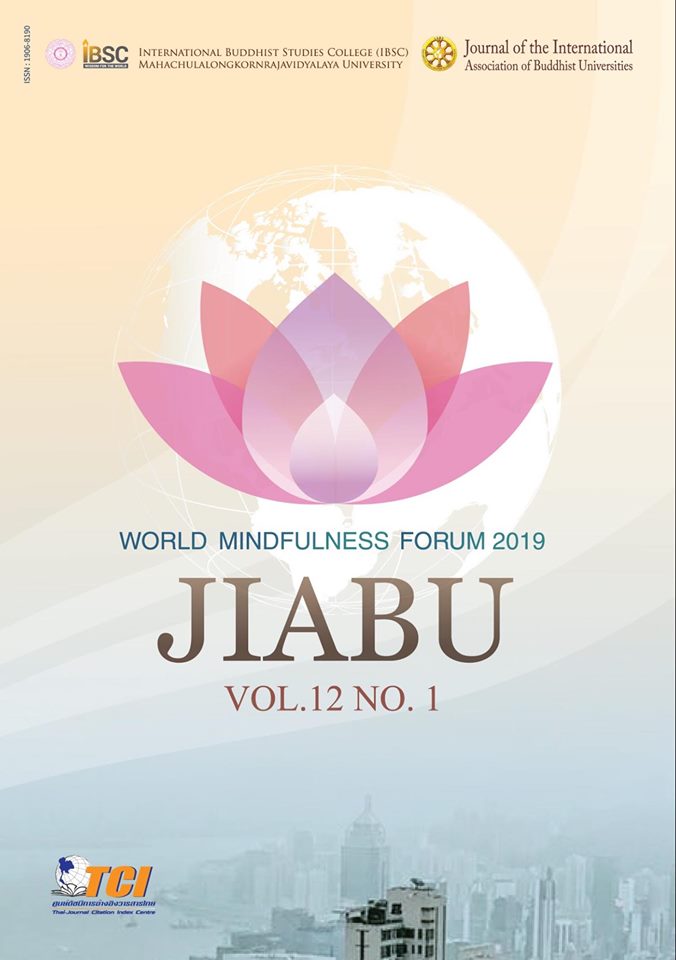The Impact of Political and Cultural Trends on the Spread of Buddhism in Russia
Main Article Content
Abstract
Buddhism in Russia was known as a traditional religion of several ethnic minorities
from the 17th century A.D. and since then has been influenced by complex cultural and
political processes. Not least, religion in Buddhist regions and interest in Buddhism among
people from non-Buddhist backgrounds throughout history was heavily influenced, if not
defined, by the state. This article examines how Buddhism is represented within the framework
of multi-ethnic and multi-confessional state, and which trends in cultural and political life
had the major influence that shaped its modern appearance. While territorial expansion
and political agenda in the East had encouraged oriental studies and brought first research
dedicated to the Buddhist teaching and culture, the hardline anti-religious policy during the
times of the Soviet Union led to the suspension of Buddhism-related research and destruction of
the traditional Buddhist culture in the three Buddhist regions of Buryatia, Kalmykia, and Tuva.
For three decades now, the country is experiencing a period of religious revival, which
involves not only traditional religions but a diversity of religious groups that historically
have never existed within Russian borders.
Article Details
Views and opinions expressed in the articles published by The Journal of the International Association of Buddhist Universities (JIABU), are of responsibility by such authors but not the editors and do not necessarily reflect those of the editors.
References
Information and Analytical Center “SOVA”. Retrieved on 9 February 2019, https://
www.sova-center.ru/religion/publications/2016/06/d34892.
Burdo, M. and Filatov, S. (2004). Modern Religious Life in Russia. Experience of a
Systematic Description. Vol.3. Moscow: Logos.
Curanović, A. (2014). Weaknesses of the Post-Soviet Religious Model: The Kremlin and
“Traditional” Religions in face of Interethnic Tensions in Russia. Politics and
Religion, Vol. 7, Issue 4, 788-817.
Filatov, S. (2009). Twenty Years of Growth of Religious Diversity in Post-Soviet Russia.
Twenty Years of Religious Freedom in Russia. Moscow: Carnegie Center, 8-40.
Nesterkin, S.P. (2009). The Main Trends in the Evolution of Buddhism in Sociocultural Space
of Russia. Newsletter of the Buryat University. Philosophy Series, No. 6a, 16-20.
Schnirelman, V. (2011). The Threshold of Tolerance: Ideology and Practice of New Racism.
Vol.I, Moscow: Novoye literaturnoye obozreniye.
Tsyrempilov, N. (2014). When Buddhism Was Recognized in Russia? In Pursuit of 1741
Decree by the Empress Elizaveta Petrovna on Officially Recognizing Buddhism by
the Russian Authorities. Humanitarian Vector, No. 3, 96-109.
Zhukov, A., Zhukova, A., Vlasova, K. (2013). Comprehension of Character and Factors
of Distribution of Buddhism among non-Buddhist Cultures in Orthodox Religious
Studies. Zabykal University Newsletter, No.1 (92), 120-136.


